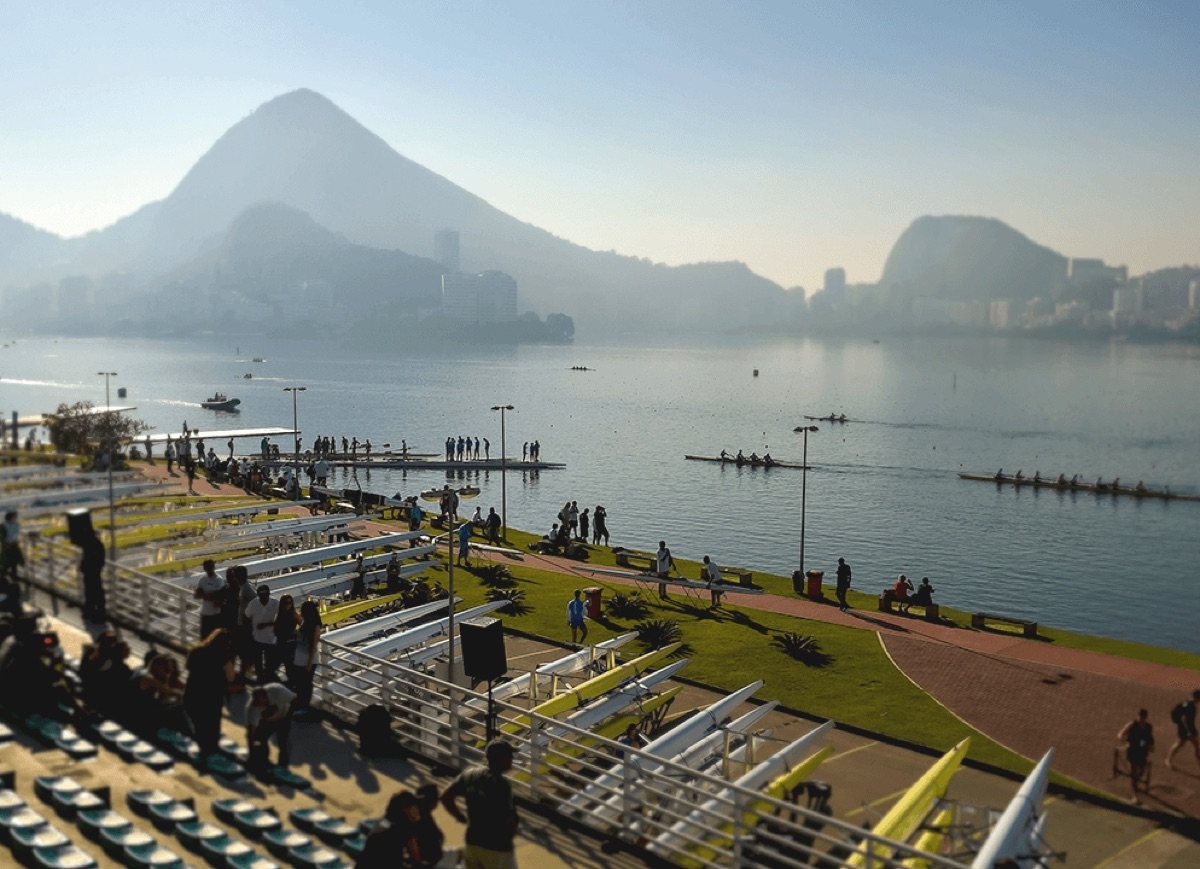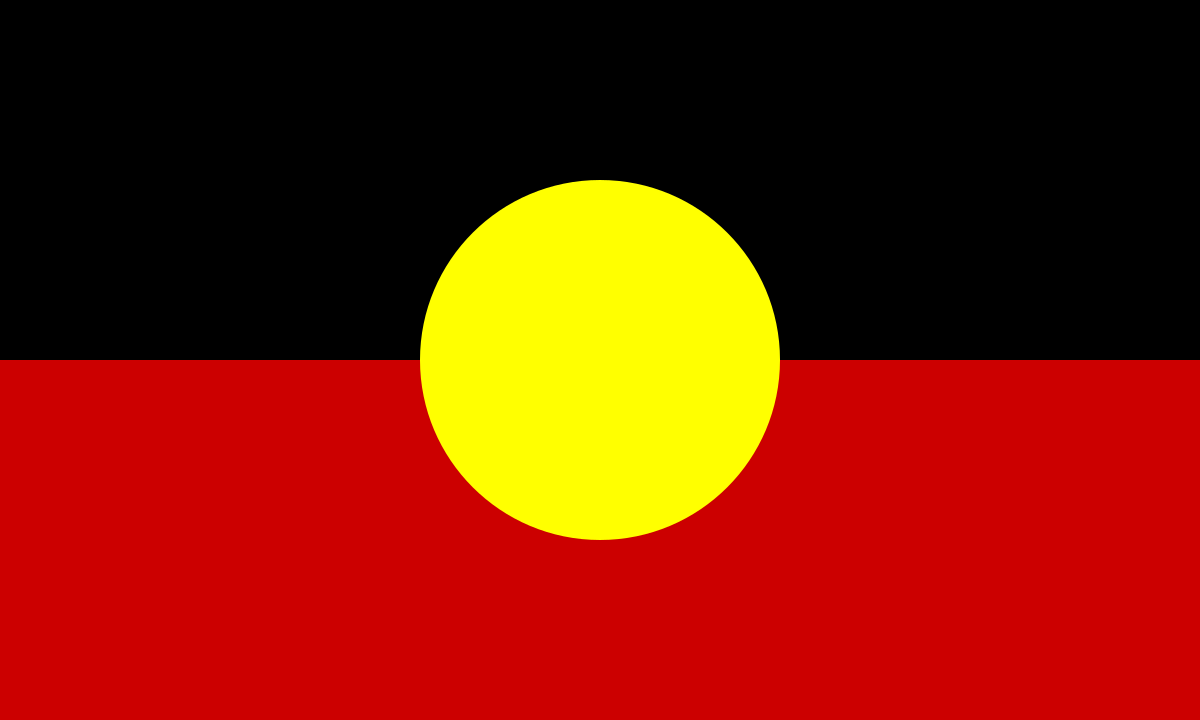Who: 246 athletes from 46 countries
What: Men’s and women’s individual and team boat events
Where: Lagoa Stadium
When: Days 10 – 15
Canoe sprint pits athletes against one another over 200m, 500m (kayak only) and 1000m distances, in either one person, two person or four person (kayak only) crafts. There are two boat classifications at Olympic level, with events held for canoe and kayak.
Classification is termed by the boat type first (either canoe or kayak) which is represented as a letter with the numeral following, indicating the total number of competitors in each boat.
Here’s a handy reference:
C1 – Canoe craft, one person. C1 events include; 200m and 1000m events
C2 – Canoe craft, two person. C2 events include; 1000m events
*Note – Canoe events are male only.
K1 – Kayak craft, one person. K1 events include; 200m, 500m (women’s only) and 1000m (men’s only)
K2 – Kayak craft, two person. K2 events include; 200m (men’s only), 500m (women’s only) and 1000m (men’s only)
K4 – Kayak craft, four person. K4 events include; 500m (women’s only) and 1000m (men’s only)
The sport is all about explosive power tempered by technique. Whilst it’s a race for the line, athletes must find a steady stroke rate, with a controlled technique in order to gain and maintain speed.
The first step to being an arm-chair expert is knowing the difference between a canoe and a kayak. Whilst there are many variances, the two most basic apply to the way in which the craft is propelled and the manner in which the athlete, positions themselves in the boat.
In canoe – an athlete uses a single blade paddle. The athlete kneels on one knee, giving them a distinct and different appearance than that of a kayaker during competition.
Kayakers alternatively, use a double bladed paddle, which is placed in the water, on either side of the craft, in the motion of paddling. As opposed to canoe, kayakers remain in a seated position during competition.
Canoe Sprint first appeared at Olympic level as a demonstration event at the 1924 Paris Games. As the sport grew, it entered the Olympic roster in its own right at the 1936 Berlin Games.
Historically, European nations have dominated Olympic competition, with Germany leading the way, having won 40 gold, 29 silver and 26 bronze medals to date.
Australia will be represented by 13 athletes in Canoe Sprint in Rio. This includes, eight male kayakers, three female kayakers and two male canoe athletes.
Australia are the reigning Olympic men’s K4 1000m champions, and it is in this distance that Australia’s best medal opportunities will again be represented in, with strong crews in both the K2 and K4 events.
Western Australia will be represented by three athletes, with London Olympian Steve Bird returning to contest the men’s K1 200m, whilst debutant Daniel Bowker will race the K2 200m. Canoe athlete Ferenc Szekszardi rounds out the Western Australian contingent, with the 36 year-old set to compete in the men’s C2 1000m.
Since first competing in Olympic Canoe Sprint at the Melbourne 1956 Games, Australia has managed three gold, five silver and 10 bronze. Lisa Russ was the most recent Olympic medallist for the state, winning bronze at 2008 Beijing Games, as a member of the women’s K4 500m.
To follow WA’s Canoe Sprint athletes in Rio, view their bios below, including information on when they are in action in Brazil.


